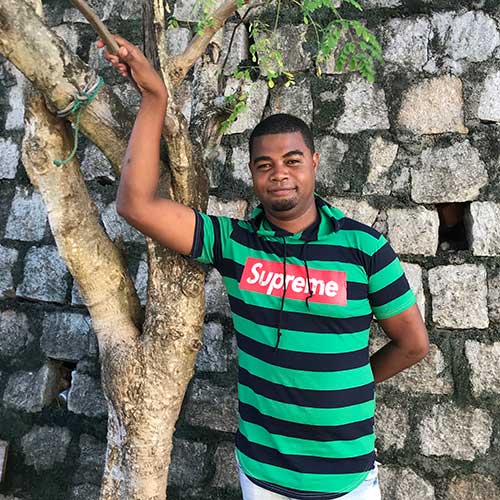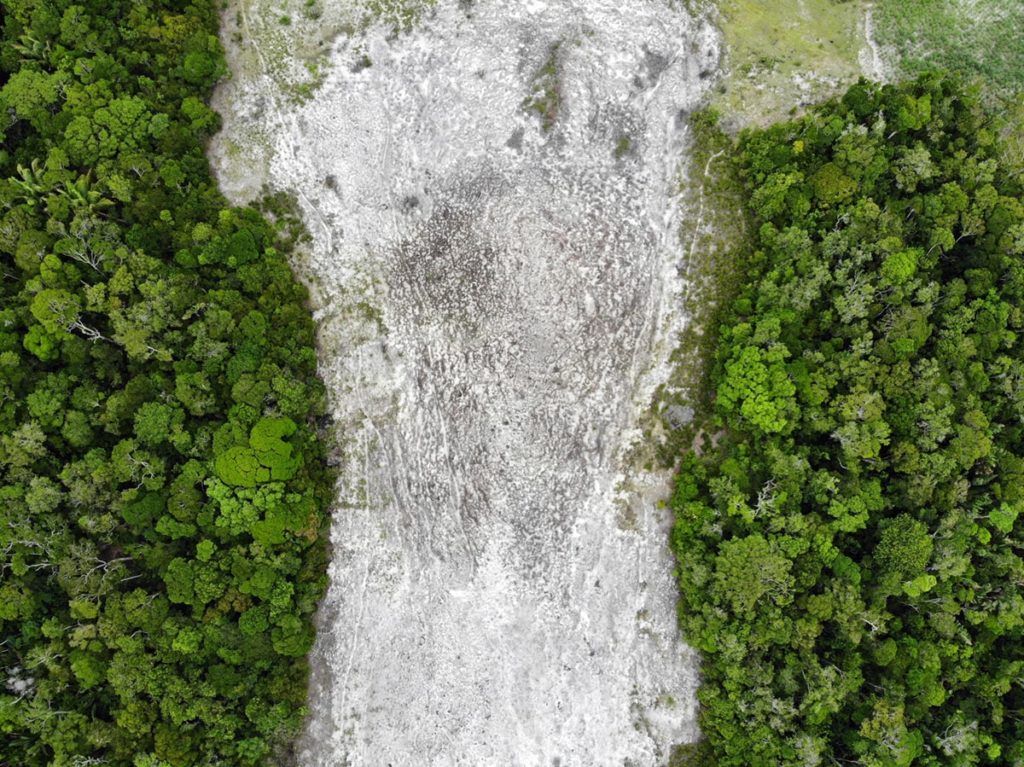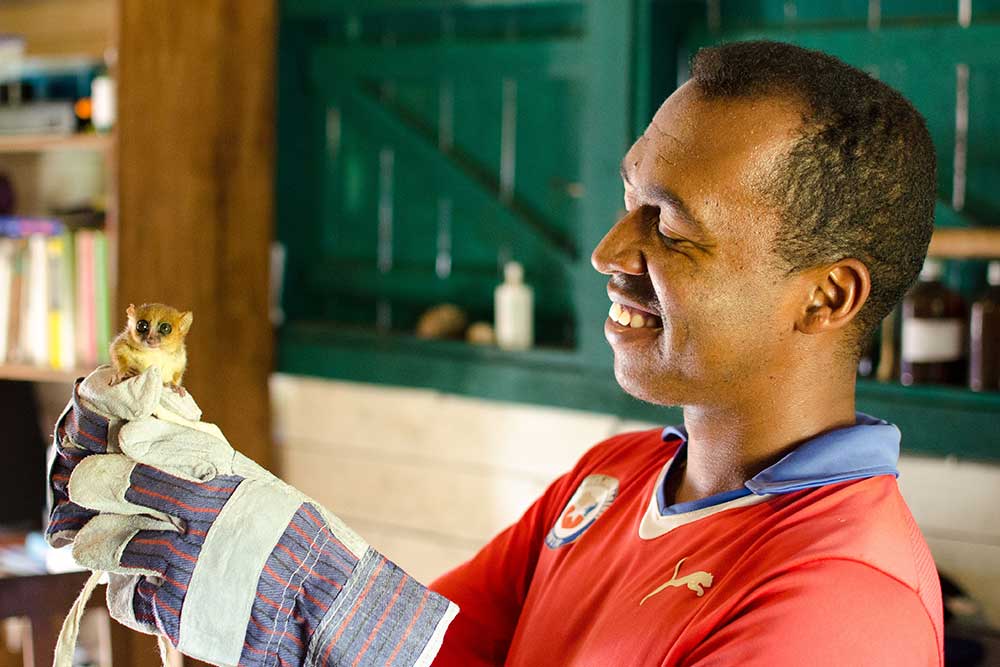
Hi, I’m Laza,
I am the new Ala Project Coordinator at SEED Madagascar. I am very pleased to join the SEED Madagascar environment team and I feel lucky to be a part of this project. I am excited to work within the forestry project to protect the beautiful fauna and flora of Madagascar’s Littoral Forest of Sainte Luce.
Thank you!
Resources under strain
Madagascar is a top global conservation priority. It has exceptionally high biodiversity, with many endemic species. This means they aren’t found anywhere else in the world. But deforestation rates are also high. Worryingly only 10% to 15% of the original forest is left. And deforestation is still happening, with 1% forest cut down annually. With Madagascar’s high population growth, its natural resources are increasingly put under strain. People need energy, food and places to live. Slash and burn agriculture, or ‘tavy’ as it’s locally known, along with unsustainable logging has left Madagascar’s forests in unconnected and depleting fragments.

The littoral forest, a unique closed forest ecosystem occurring in close proximity to the ocean and in sandy substrates, were once thought to have formed a continuous 1,600km band along the east coast of Madagascar. Unfortunately, only around 10% of that original littoral forest remains within isolated forest parcels, yet still contain approximately 1,535 plant species or around 13% of Madagascar’s total native diversity. High endemism, with 25% of plant species in the littoral forests found only in this vegetation type, meaning that they should be among the priority sites recommended to the government for plant conservation and incorporation into the protected area networks. The Sainte Luce Littoral Forest (SLLF) represents 2.4% of Madagascar’s remaining littoral forest extent, harbouring exceptional floristic diversity and many threatened and endangered species that are found nowhere else in Madagascar.
The SLLF, comprising 17 diminishing fragments contains three nocturnal lemur species, of which, the southern woolly lemur (Avahi meridionalis) is listed as endangered by the IUCN. The Anosy mouse lemur (Microcebus tanosi) and the Thomas’ dwarf lemur (Cheirogaleus thomasi) are currently under assessment, but likely will be listed as endangered due to extensive habitat degradation. With habitat destruction and fragmentation diminishing suitable habitats and inhibiting species movement within the littoral forests, these lemur species face an uncertain future.

Introducing biological corridors
Reconnecting forest fragments with biological corridors is an effective and successful conservation strategy that will be employed to facilitate movement of biodiversity and especially threatened and endangered lemur species. The importance of reconnecting these forest fragments is also highlighted through the fact that all three of these lemurs; Avahi meridionalis, Cheirogaleus thomasi and Microcebus tanosi are not only nocturnal, but cannot traverse over open land between the forest patches. Therefore corridors between fragments are considered a conservation priority for the SLLF to provide wildlife with greater accessibility to space and resources, consequently increasing home range availability and allowing for larger populations to exist. The effectiveness of using corridors as a lemur conservation strategy will be assessed by collecting long term research through the development of line transects and camera trap technology to understand if and when these lemur species will utilise the corridors throughout their growth.
Snapshot: ‘Microcebus tanosi’
Night transects in the forests of Madagascar are always an exhilarating experience at the fact of walking into the unknown. The biodiversity that awakens at night is strangely unique, seeing something unusually different each time. While walking along well set transects, a torch is used to identify eye shine, capturing large round eyes of the Microcebus tanosi glaring back at us from only acouple of meters away is a moment of true wonder. How one of the world’s smallest primates is so well adapted to living within these dense littoral forests is so apparent when watching them move and feed within their habitat. Having a strong connection to the natural world here is highly important to have the drive in wanting to save their habitat for the species survival and for the many benefits of the local communities and the rest of the world. Without lemurs here, the forests would cease to exist.
Laza Andriamboavonjy is the Project Coordinator for Project Ala, the Lemur and Habitat Corridor Project in Madagascar working to protect Madagascar’s Litttoral forest. Laza is originally from Fianarantsoa in central Madagascar, where he completed his schooling and trained as a tour guide in a community nature reserve. Previously, Laza worked on forestry and environmental projects for a range of organisations, for example conducting children’s education sessions. Laza moved to Fort Dauphin, southeast Madagascar, in 2016 and has been working as a translator for SEED Madagascar since 2017. Laza is excited to work on a forestry project to protect the beautiful fauna and flora of the Sainte Luce Littoral Forest.
